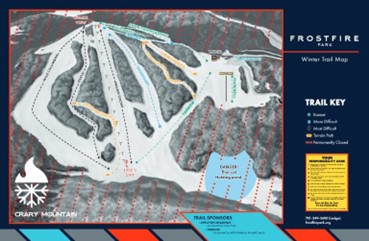This week, the National Governor’s Association is recognizing National Deflection Week. During this period, we join in the shared recognition and celebration of the Deflection community, including volunteers, partners, service providers, and community leaders, for their role in saving lives and reducing drug use.
NGA is proud to support this work through the Learning Collaborative on Strategies to Support the Development of State-Level Deflection and Pre-Arrest Diversion (DPAD) Initiatives. Launched at the beginning of 2023, this Learning Collaborative is a six-month-long opportunity designed to support the Governor’s office and other senior state officials in the development and implementation of a sustainable state-level DPAD initiative addressing the needs of individuals with substance use disorders (SUD). It is supported by funding from the Centers for Disease Control and Prevention (CDC) and in partnership with the Police, Treatment, and Community Collaborative (PTACC). Through the Learning Collaborative, NGA is currently providing support and technical assistance to four competitively selected state teams from Illinois, Nevada, North Carolina, and Pennsylvania.
To assist with efforts to grow deflection programs in state and local communities, NGA’s Public Safety and Legal Counsel team would like to share the following information, including the definition of deflection, a brief background on deflection initiatives, and a description of the 6 pathways.
Defining Deflection
Deflection and pre-arrest diversion (DPAD), or alternatively a “deflection initiative,” is a general practice by which law enforcement or other first responders, including fire and emergency medical services, connect individuals in need of treatment to appropriate health care or community-based services. This practice occurs in non-crisis situations where arrest would not have been necessary, permitted, or in lieu of arrest. Although deflection principles can be applied to “deflect” any number of vulnerable or disenfranchised populations away from the criminal justice system, the NGA Learning Collaborative focuses specifically on DPAD initiatives for individuals with a substance use disorder (SUD) or related mental or behavioral health disorders. Notably, DPAD initiatives go beyond programs such as 988 or other types of mobile crisis response which are used in emergency circumstances. Additionally, DPAD initiatives (See Intercepts 0 and 1 of the Sequential Intercept Model) are distinguishable from “diversion” programs (See Intercepts 2-5), which typically initiate only after the individual has been detained or arrested.
Background on Deflection Initiatives
Since 2015, there has been rapid growth in the number of DPAD initiatives operating in the United States, fueled by the rising rates of overdose deaths caused by the opioid epidemic and an increasing interest in community-driven models of policing. As DPAD initiatives have grown, so has the body of research studying the efficacy of these initiatives. Deflection initiatives have been found to have many positive outcomes, including:
- Reducing repeat calls to 911 and admittance to emergency departments
- Increasing access to treatment and social services
- Reducing overdose and recidivism rates
- Reducing criminal justice involvement (jail days, charges filed, etc.)
- Increasing engagement with peer recovery support
- Improved public health outcomes (reduction in communicable diseases)
- Improved community-police relationships
- Saving taxpayer funds for both local health and justice systems
The Pathways of Deflection
Under the umbrella of DPAD initiatives, there are six main approaches, known in the field as “pathways,” that can be used to connect individuals to services. These pathways include:
- Self-Referral
- Active Outreach
- Naloxone Plus
- First Responder/Officer Referral
- Officer Intervention
- Community Response
The development and implementation of these deflection initiatives has been primarily locally and regional driven, supported with grant funding from federal entities, including the Centers for Disease Control (CDC), Substance Abuse and Mental Health Services Administration (SAMHSA), and the Bureau for Justice Assistance (BJA). Deflection initiatives can start off by adopting any number of these pathways and can experience growth through the addition of new pathways over time.
For state government officials interested in learning more information about deflection or about NGA’s DPAD Learning Collaborative, please reach out to Maria Kearl (mkearl@nga.org).













